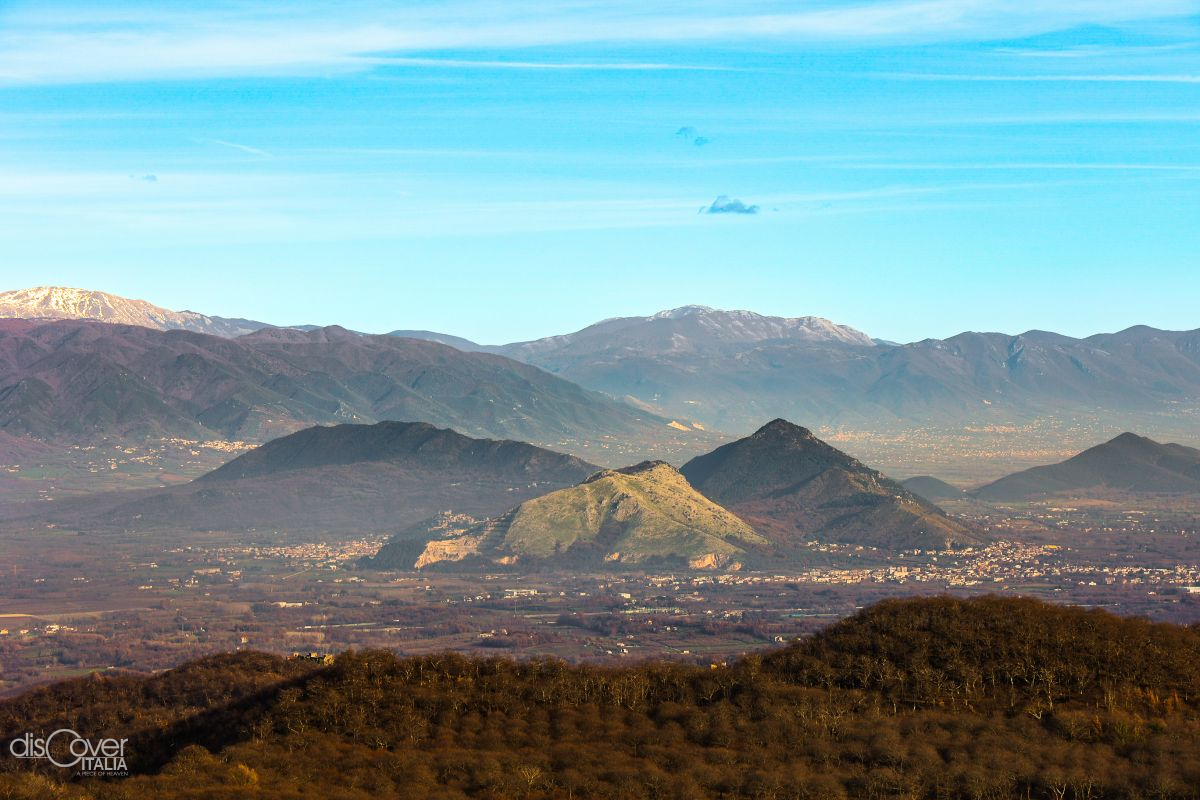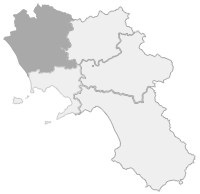Older than Vesuvius. It is among the biggest of Italy, but extinct since fifty thousand years ago. The Roccamonfina volcano rises isolated between the Aurunci Mountains, in Lazio, and in Campania Felix the plain of Garigliano and the Massico massif, separating it from the Tyrrhenian Sea.
It looks like a gigantic cone of 25 kilometers diameter which in the mouth of the crater includes the Santa Croce mountains (1005 meters) and the Lattani (810 meters).

Its origin dates back to 630 thousand years ago, when a long phase of activity, which lasted up to 374 thousand years ago, created a volcanic building that reached a height of 1600/1800 meters, then collapsed due to tectonic phenomena. The next phase, between 374 thousand and 255 thousand years ago, was characterized by plinian and subplinian eruptions at a distance of even 4 thousand years between one event and another. Then the last period, with modest explosions that left two lava domes inside the caldera, Mount Santa Croce and Mount Lattani. And 50 thousand years ago, the end of the primary phenomena and the extinction of the fire giant.
The Ferrarelle water springs from the volcanic rocks of Roccamonfina, whose springs are protected by the Riardo Springs Park. There are also secondary volcanic phenomena such as the thermal springs of low mineral content in Teano, Suio, Sessa Aurunca. From a naturalistic point of view, the chestnut woods are of particular interest. They grow luxuriantly in the area of the ancient volcano. In addition to olive trees, vineyards and many species of flowers. The fauna is represented by roe deers, and by the red and green woodpecker, owls and barn owls.
The extinct volcano is part of the Roccamonfina and Foce del Garigliano Regional Park.




Comments powered by CComment